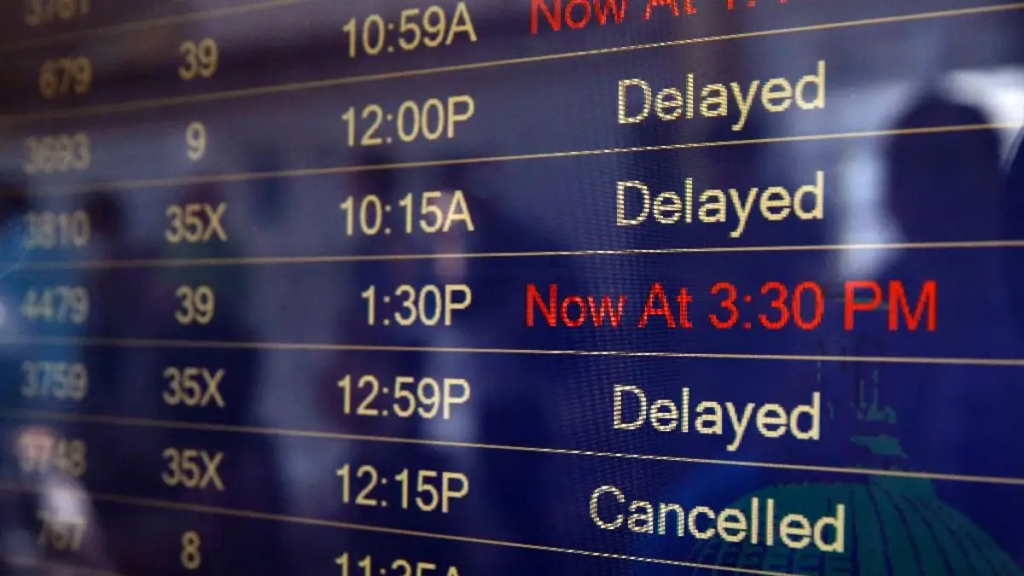Incident Date: July 19, 2024
On July 19, 2024, what was supposed to be a routine update turned into a not-so-routine fiasco for CrowdStrike, one of the leading names in cybersecurity. The company pushed an update on Azure cloud, only to find itself navigating a storm of technical issues that sent IT teams into overdrive. If you’re wondering what happened under the hood, you’re in the right place. Let’s break down the technical drama that unfolded, with just enough humor to keep you smiling through the chaos.
The Technical Breakdown: When Good Updates Go Bad
Dependency Conflicts: The update was intended to enhance the functionality of CrowdStrike’s Falcon sensor, a critical tool for endpoint security. However, as detailed in ThousandEyes’ analysis, the new changes clashed with specific configurations within the Azure environment. This clash resulted in widespread service disruptions as the sensor struggled to interact correctly with Windows system files.
Resource Misallocation: The updated configuration inadvertently caused misallocation of resources on Azure. This is akin to plugging in too many devices into a single power outlet, leading to a complete system overload. The result? Services slowed to a crawl, and in some cases, systems crashed entirely. This issue was particularly problematic in high-demand environments where resource optimization is crucial for smooth operations.
Server Timeouts and HTTP Errors: According to the experts at SC Magazine, the update triggered a series of server timeouts and HTTP 500 errors across various services. These errors indicated that the backend systems, particularly those running on Windows servers, were no longer able to process requests properly. This situation was exacerbated by the update’s impact on certain Azure services, leading to a perfect storm of connectivity issues.
Configuration Errors: At the heart of the issue was a problematic update to a configuration file known as “Channel File 291.” This file is crucial to the Falcon sensor’s ability to detect and neutralize threats. Unfortunately, the update introduced a logic error that caused systems running the Falcon sensor to crash under specific conditions. For a more detailed dive into this, check out the Build5Nines analysis, which explores how these configuration issues played out across the Azure infrastructure.
The Response: Stabilizing the Cloud
Once the full extent of the problem was understood, both CrowdStrike and Microsoft’s Azure team sprang into action. They rolled back some of the more problematic changes and worked tirelessly to reconfigure affected services. Hotfixes were quickly deployed, targeting the most critical issues such as resource misallocation and server connectivity.
CrowdStrike also issued several updates to keep their users informed and provided detailed guidance on how to mitigate the impact of the outage. If you’re interested in the specifics of CrowdStrike’s response, SC Media offers a comprehensive overview here.
Lessons Learned: Clouds Aren’t Always Soft and Fluffy
This incident serves as a potent reminder of the complexities involved in managing large-scale cloud-based services. While the cloud offers incredible flexibility and power, it also comes with its own set of challenges—especially when updates go awry. The CrowdStrike update failure highlights the importance of rigorous testing and the need for robust disaster recovery strategies in the cloud.
For a more technical perspective on how this incident unfolded and its implications for cloud infrastructure, ThousandEyes’ article is a must-read. You can find their in-depth analysis here.
In the end, the cloud may not always be as soft and fluffy as we’d like, but with the right tools and strategies, even the darkest of technical storms can be weathered.
References
If you’re looking for in-depth articles and videos that dive into the technical aspects of the CrowdStrike update failure on Azure, here are some excellent resources:
- Build5Nines offers a comprehensive breakdown of how the CrowdStrike update caused global issues, particularly focusing on the interactions between the update and Windows machines hosted on various cloud platforms, including Azure. It also discusses the financial implications and potential recovery strategies. You can read more here.
- SC Magazine provides new technical details directly from CrowdStrike, explaining how a configuration file update led to system crashes. They also include an apology from the company and a pledge to improve their update process. This article is a great resource if you want to understand the specific vulnerabilities in the Falcon sensor that led to the widespread issues. Check out the full article here.
- ThousandEyes offers a detailed analysis of the network impacts observed during the CrowdStrike incident, explaining how server timeouts and connectivity issues affected various services hosted on Microsoft Azure. The article also discusses an unrelated Azure outage that occurred around the same time, adding context to the broader IT challenges experienced during this period. You can explore their insights here.

